RUCOOL Ocean Model Evaluation Team

Board of Governors and Distinguished Professor
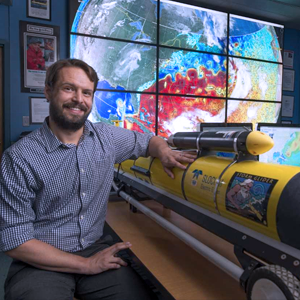
Assistant Professor
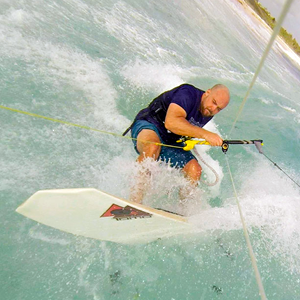
Data Analyst and Programmer

Research Analyst
Improving Hurricane Forecasts
Hurricanes, typhoons & tropical cyclones are among the most destructive natural events on Earth. Continued advances in hurricane science, leading to increased forecast accuracy and lead times, is required to promote more timely and effective hurricane responses that save lives, property and livelihoods.
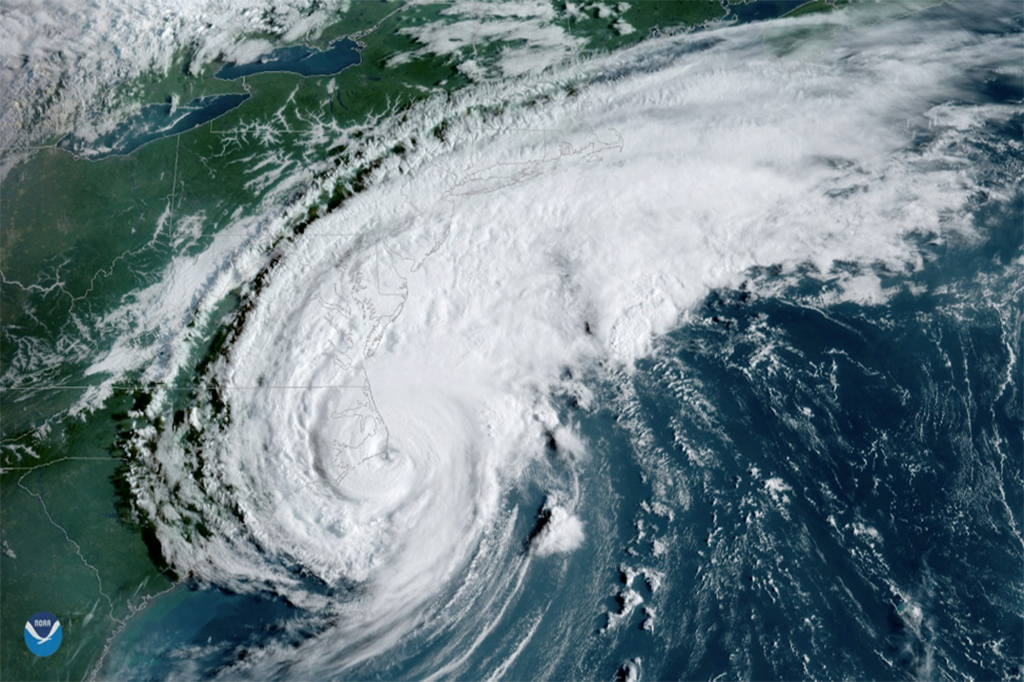
Hurricane Dorian at 8:35 a.m. EDT, Sept. 6, 2019.
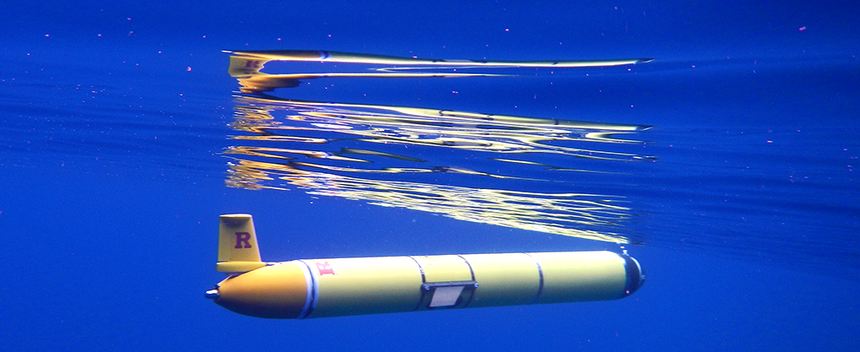
Model/Data Comparisons
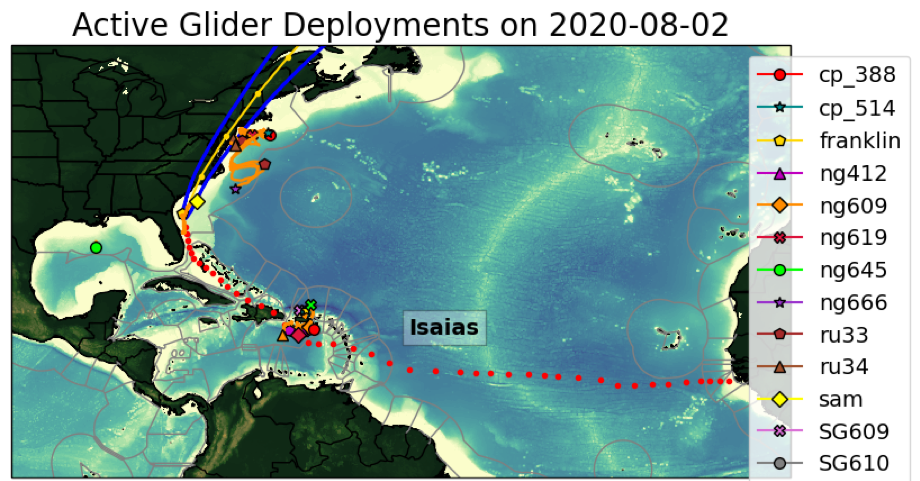
This is a map of the North Atlantic basin showing the gliders reporting data to the IOOS Glider DAC on that date. When a storm is present, the map will also show the storm best track (red dots), the forecasted track (yellow dots) and the cone of uncertainty (blue oval).
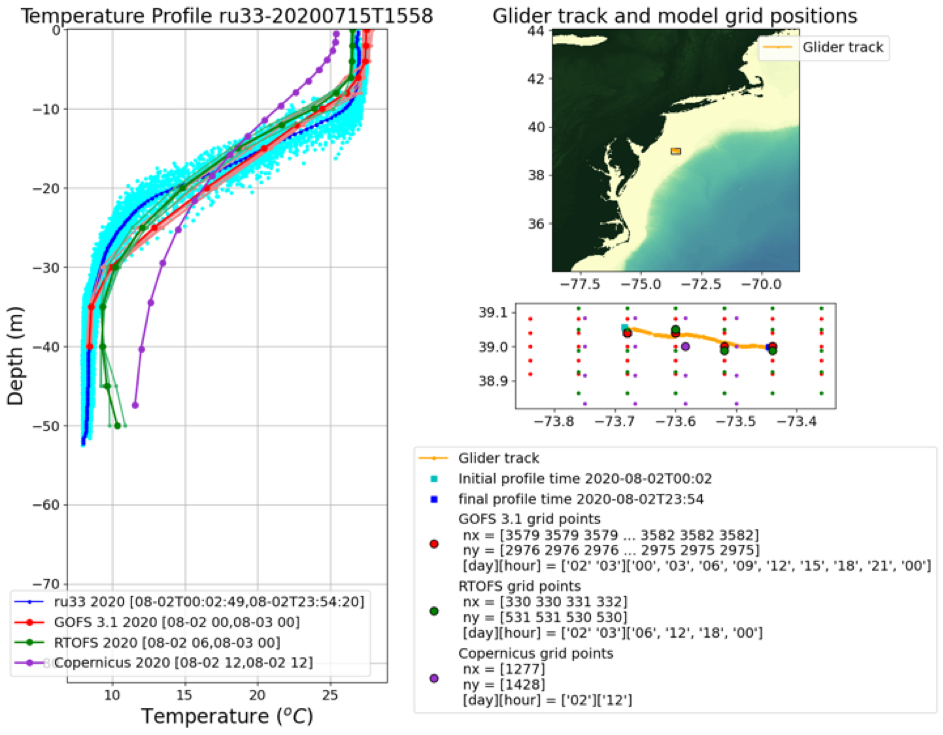
This is a plot of temperature profile for glider RU33. We provide corresponding temperature and salinity profiles for all gliders reporting to the IOOS glider DAC. We compare these glider profiles to the nearest model grid vertical profiles for three global operational ocean models: Global Ocean Forecasting System (GOFS 3.1), Real Time Ocean Forecasting System (RTOFS) and the Operational Mercator Global Ocean Analysis and Forecast System (Copernicus).
In addition, in the mid-Atlantic region (Cape Hatteras to Cape Cod) we compare glider data to the Doppio Model, and in the Caribbean we compare the glider data to the American Seas Model (AmSeas). The directories with these data are listed as separate sub directories within each daily analysis.
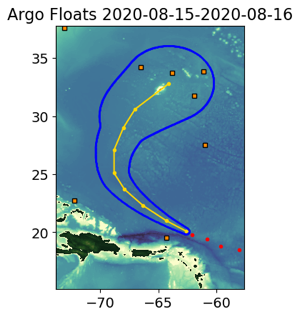
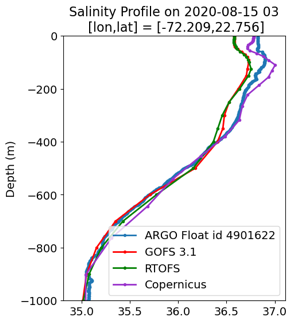

When a storm is present, we provide additional comparisons between the temperature and salinity profiles from Argo floats nearby the forecasted track, and compare them with vertical profiles from GOFS 3.1, RTOFS and Copernicus. We also provide different surface and subsurface fields, e.g. sea surface temperature and temperature at 200 meters depth, for the same global ocean models.
